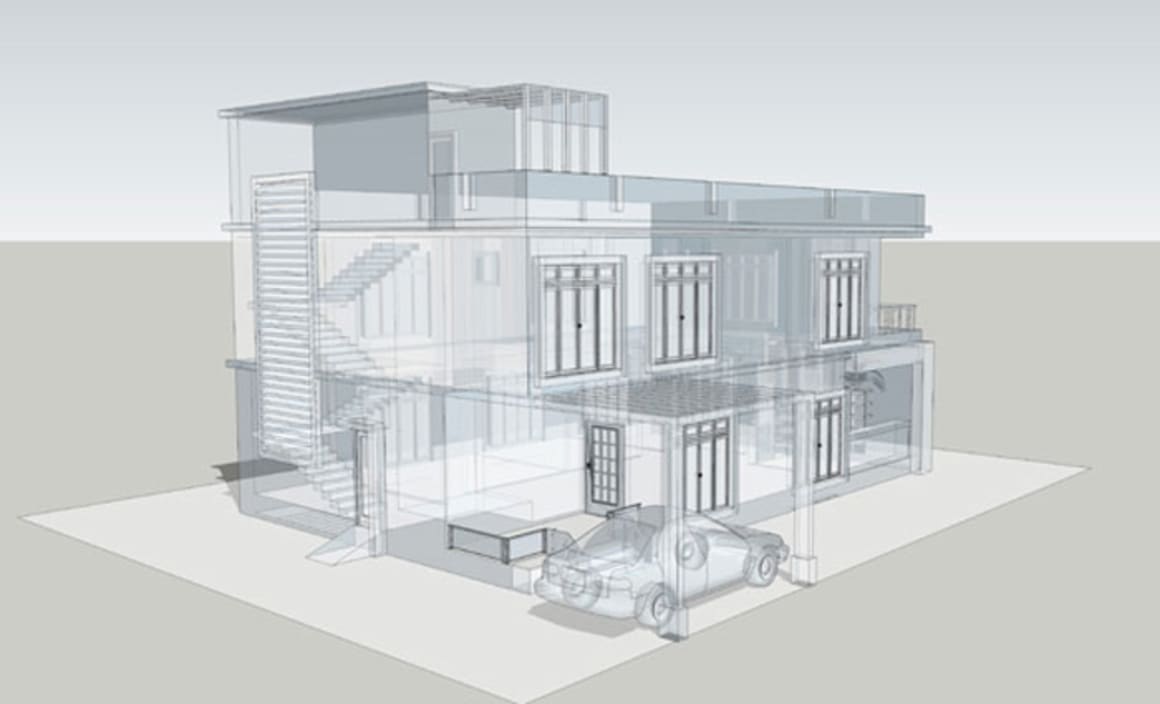The secret is in the mix: Mixed-use developments cut risk, deliver value

GUEST OBSERVER
Mixed-use developments are back in favour and a growing trend, with many developers opting to incorporate several property uses into new projects.
Many factors are driving this trend including uncertainty in the residential market, growth in the hotel sector, the continuing scarcity of prime sites and the creation of activated lifestyle precincts.
Today’s mixed-use development model is emerging as a modern fusion of commercial, retail, residential and even hotel uses to maximise planning criteria.
Rather than relying on one “star performer” property type, such as residential over the last five years, risk is now being reduced with developments incorporating several uses.
In addition to risk being minimised by using the mixed-use development model, another core benefit for developers is that mixed-use projects are a highly efficient way to unlock the best value out of land and potentially increase return on investment.
I liken it to a return to the good old-fashioned mixed business retail model we all grew up with. A bit of this and a bit of that for sale, and not all the eggs in “one basket” so to speak.
Rather than asset classes having to independently compete against each other in silos to generate the highest return, a mixed-use project enables different property types to work together and collaboratively deliver maximum value.
Interestingly, hotels are now being proposed on the lower levels of new high rise residential towers where solar and ventilation criteria can't be met for residential uses. It’s an organic move, a bit like complimentary planting to create a sustainable garden, but rather complimentary planning where property uses complement each other to safeguard their individual on-going survival.
In this case the hotel can be constructed on the lower levels not suited for residential development and create an opportunity for on-going cashflow or immediate sale, yet the upper levels with views can be developed as apartments and derive higher profit margins.
The on-going trend toward the creation of lifestyle precincts is also another factor influencing the surge in mixed-use developments. This is particularly evident in CBD and fringe environments with the focus in activating beyond the traditional “9 to 5” hours of an office building.
Mixed-use developments have the added benefit of creating active and connected communities where people can work, rest, sleep and play. This supports the property sector’s fascination with sustainability and also ensures further opportunities for developers to maximise returns on investment are not missed.
The benefits of mixed-use developments are far-reaching and transpire beyond developer profits to improve communities and ensure efficient use of our space. We certainly have not seen the end of mixed-use projects and will see more interesting combinations of property uses in new developments over the next few years as developers become more experimental in their planning.
Drenka Andjelic is managing director of Construction Assignments and can be contacted here.